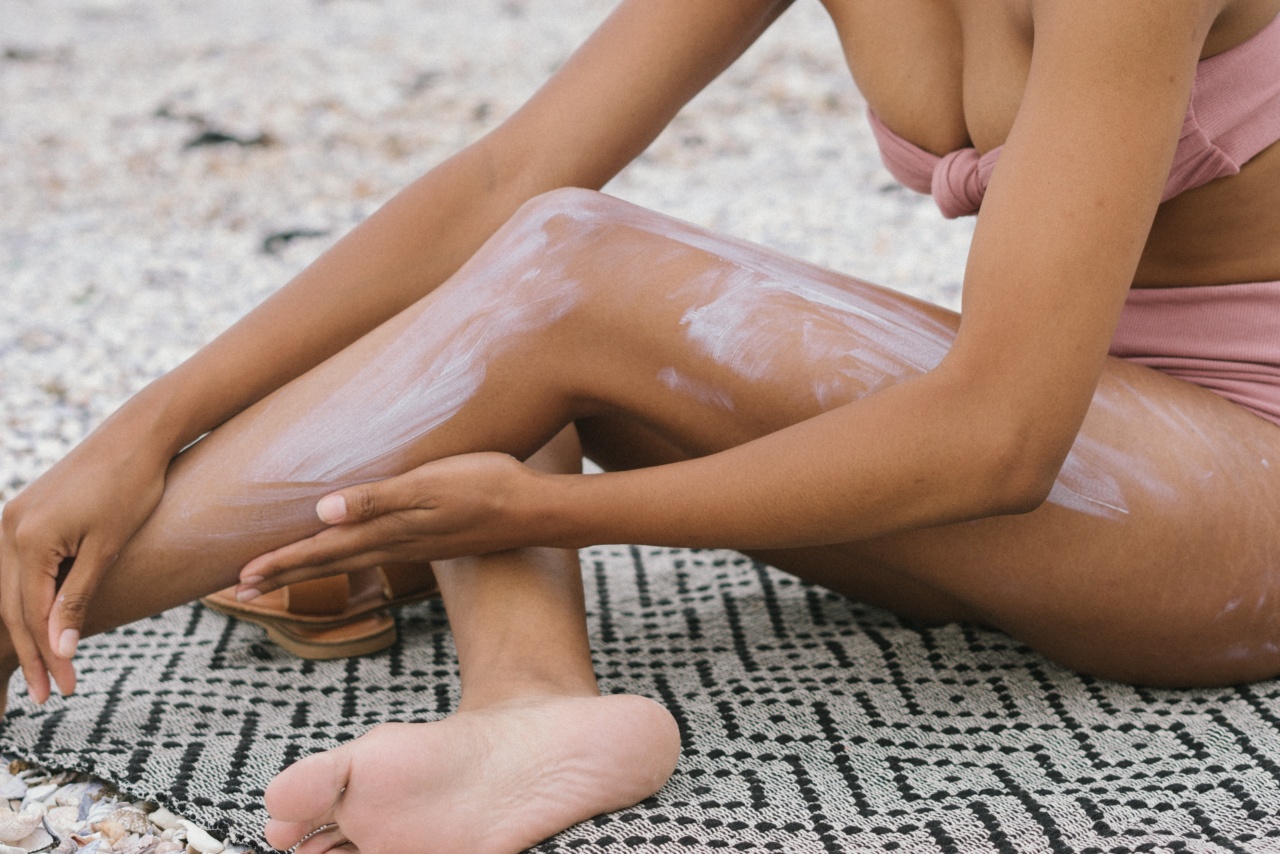Exposure to the sun’s harmful ultraviolet (UV) rays can lead to several skin problems, including sunburn, premature aging, and an increased risk of skin cancer.
To safeguard your skin from these dangers, sunscreen becomes an essential part of your daily skincare routine. But with so many options available in the market, choosing the right sunscreen can be overwhelming.
This comprehensive guide aims to help you understand the importance of sunscreen and make an informed decision while selecting the best product for your skin.
Understanding UV Rays
Before delving into the world of sunscreens, it’s crucial to understand the two types of UV rays that penetrate the Earth’s atmosphere: UVA and UVB.
UVA Rays
UVA rays are long-wave ultraviolet rays that can deeply penetrate the skin. They are known as the primary cause of premature aging and can also contribute to the development of skin cancer.
Unlike UVB rays, UVA rays are present throughout the year, regardless of the weather or time of day.
UVB Rays
UVB rays, on the other hand, are short-wave ultraviolet rays that primarily affect the superficial layer of the skin. Overexposure to UVB rays can cause sunburn, trigger skin aging, and contribute to the development of skin cancer.
UVB rays are more intense during the summer months and are strongest between 10 am and 4 pm.
The Importance of Sunscreen
Using sunscreen is crucial for protecting your skin against the damaging effects of both UVA and UVB rays. Sunscreen acts as a barrier that absorbs or reflects the UV radiation before it reaches the skin.
Broad-Spectrum Protection
When choosing a sunscreen, look for the term “broad-spectrum” on the label. Broad-spectrum sunscreens are designed to provide protection against both UVA and UVB rays.
Sun Protection Factor (SPF)
The Sun Protection Factor, or SPF, measures a sunscreen’s ability to protect your skin from UVB rays. It determines the amount of time you can spend in the sun without getting sunburned compared to not wearing any sunscreen.
Understanding SPF Numbers
Sunscreen products typically come with different SPF numbers, such as SPF 15, SPF 30, SPF 50, or even higher. However, it’s essential to understand that higher SPF numbers do not mean proportionally increased protection.
Here’s a breakdown of what each SPF number means:.
SPF 15
SPF 15 filters out approximately 93% of UVB rays, allowing 7% to reach your skin. It is the minimum recommend SPF for everyday use.
SPF 30
SPF 30 filters out around 97% of UVB rays, allowing 3% to reach the skin. It provides improved protection compared to SPF 15 and is suitable for moderate levels of sun exposure.
SPF 50
SPF 50 filters out approximately 98% of UVB rays, allowing only 2% to reach your skin.
It offers high protection and is recommended for prolonged or intense sun exposure, such as during outdoor activities or when spending an extended period in direct sunlight.
Application and Reapplication
For maximum effectiveness, it’s crucial to apply sunscreen correctly and reapply it as needed. Here are some essential tips to ensure you’re getting the most out of your sunscreen:.
1.Apply Before Sun Exposure
Apply sunscreen 15 to 30 minutes before stepping out in the sun to allow it to absorb properly into your skin.
2.Use Adequate Amount
Most people tend to apply insufficient amounts of sunscreen, which reduces its effectiveness. Apply at least one ounce (about a shot glass full) of sunscreen to cover all exposed areas of your body.
3.Don’t Forget Often Missed Areas
Pay attention to often-missed areas such as the ears, back of the neck, tops of the feet, and the back of the hands.
4.Reapply Every Two Hours
Sunscreen wears off over time, especially if you sweat or spend time in the water. Reapply sunscreen every two hours or immediately after swimming or excessive sweating.
5.Protective Clothing and Accessories
Sunscreen shouldn’t be your sole form of sun protection. Consider wearing protective clothing, such as wide-brimmed hats, long-sleeved shirts, and pants, along with sunglasses to shield your eyes from the sun’s harmful rays.
Choosing the Right Sunscreen
With a plethora of sunscreen options available, it’s important to choose one that suits your skin type and preferences. Here are some factors to consider while shopping for sunscreen:.
Skin Type
Your skin type plays a vital role in determining the type of sunscreen that works best for you. Individuals with oily or acne-prone skin may prefer oil-free or gel-based sunscreen. Those with dry skin may opt for moisturizing or cream-based sunscreens.
Sensitive Skin
If you have sensitive skin, it’s crucial to choose a sunscreen that is hypoallergenic and fragrance-free to minimize the risk of skin irritation or allergic reactions.
Water Resistance
If you plan on spending time in the water, opt for a water-resistant sunscreen. Keep in mind that no sunscreen is entirely waterproof, and reapplication is still necessary after swimming or excessive sweating.
Additional Benefits
Sunscreen products often come with additional benefits such as moisturizing properties, anti-aging ingredients, or even tinted formulations. Consider your specific needs and preferences while selecting a sunscreen with added advantages.
Sunscreen for Various Activities
Depending on your lifestyle and activities, you may require different types of sunscreens. Consider the following scenarios:.
1.Everyday Use
For everyday use, choose a lightweight sunscreen with at least SPF 15. Look for sunscreens that are non-comedogenic, meaning they won’t clog your pores, and can be comfortably worn under makeup.
2.Outdoor Activities
When engaging in outdoor activities, especially during peak sun hours, opt for a sunscreen with higher SPF, such as SPF 30 or 50, and water-resistant properties. Remember to reapply frequently, especially if you sweat or towel dry.
3.Beach or Pool Days
When spending a day at the beach or pool, choose a water-resistant sunscreen with broad-spectrum protection. Consider using a higher SPF and reapplying every two hours or immediately after any water activities.
Conclusion
Sunscreen is an essential tool for protecting your skin from the harmful effects of the sun’s UV rays. Remember to choose a broad-spectrum sunscreen with an appropriate SPF, apply it correctly, and reapply as needed.
By incorporating sunscreen into your daily routine, you can enjoy the outdoors while safeguarding your skin from sunburn, premature aging, and the risk of skin cancer.





























